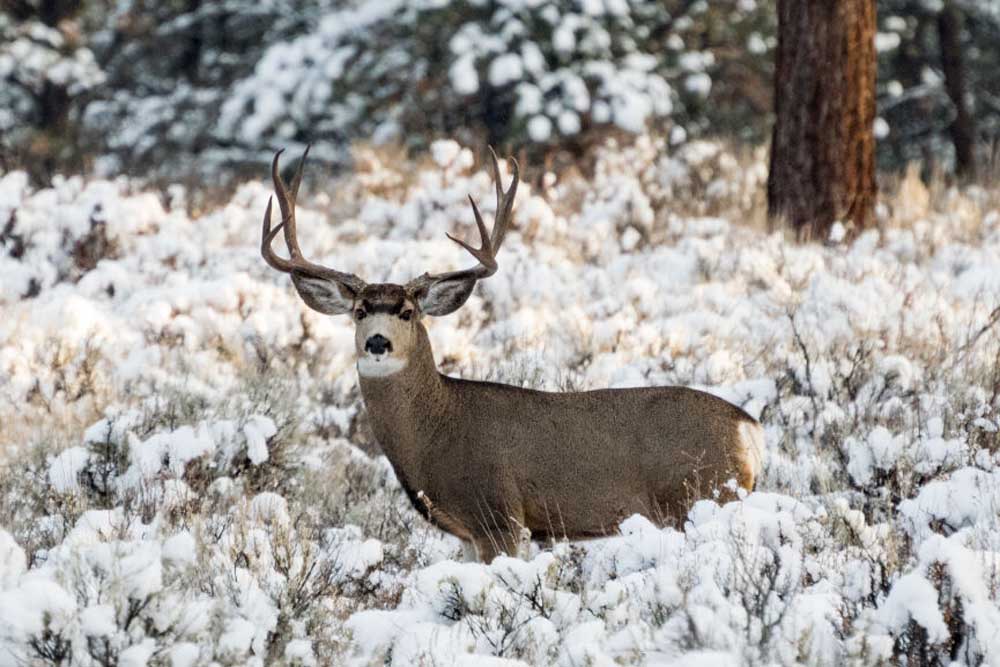Twenty years of mule deer decline behind them, ODFW adopts new management plan
Published 5:15 am Thursday, June 27, 2024

- The state of Oregon has adopted a new mule deer management plan.
A plan by the Oregon Department of Fish and Wildlife to increase the mule deer population statewide has been approved, setting the stage for sweeping changes to the way they are managed.
The Mule Deer Management Plan was unanimously approved earlier this month by the Oregon Fish and Wildlife Commission, according to Michelle Dennehy, a spokesperson for ODFW.
The plan is an update of earlier ones written in 1990 and updated in 2003. After 20 years without changes, ODFW determined action was necessary to stop the decline of mule deer numbers across the state. Earlier this year the agency held multiple webinars and meetings across the state to introduce the plan to the public.
The primary change is an update to how mule deer management is organized by changing population boundaries based on actual animal behavior, rather than artificial boundaries. The new boundaries are based on migratory data collected by ODFW during a decade of research.
The new plan describes the former units as inadequate for population monitoring, harvest allocation and the development of management objectives because mule deer often move across geopolitical boundaries.
ODFW to discuss its Mule Deer Management plan rewrite in Bend
Population declines
Mule deer are very sensitive to their natural migration corridors and winter/summer home range. When forced to relocate because of urban and rural development they struggle to adapt and usually experience population decline. In Central Oregon, it’s estimated their numbers have declined 40-60% since the 1990s.
The most recent mule deer population peak occurred in 1981 when it was estimated the state was home to 306,000 mule deer. By 1990, when the first mule deer management plan was adopted, the population fell to around 250,000. At the time, wildlife managers identified habitat loss and degradation as the No. 1 issue affecting mule deer in Oregon.
Mule deer populations briefly rose during the 1990s to almost 275,000 but then declined again after 2000. In 2022 the population estimate was 162,600 animals.
Within the population, there are approximately 7,000 in the Deschutes Herd, which covers a large portion of Central Oregon. Around 77% of this herd lives primarily on federal land, according to data in the management plan. Action items mentioned in the plan for the Deschutes Herd include removing or retrofitting fencing to improve migration and the identification of locations for safe highway crossing projects.
After months of debate. DeBone, Adair torpedo mule deer plan
Prioritizing, managing deer
Andrew Walch, district biologist with ODFW, said in practical terms the adoption of the management has little direct impact on Central Oregon residents.
“It is more about how we (ODFW) and our partners in natural resource management are prioritizing and managing certain aspects of mule deer biology,” Walch said in an email.
He adds that the plan won’t change any laws or statutes. Instead, it prioritizes habitat work, disease monitoring, harvest allocation, survey methodology and other efforts to protect mule deer.
Karl Findling, a member of the Oregon Hunters Association, said previous iterations of the management plan were effective, and he believes that the latest version can stop the decline of mule deer numbers.
“We all hope that we can reverse course in a few years, as long as there’s no hard winter, droughts or other existential threat that knocks them back,” said Findling.








